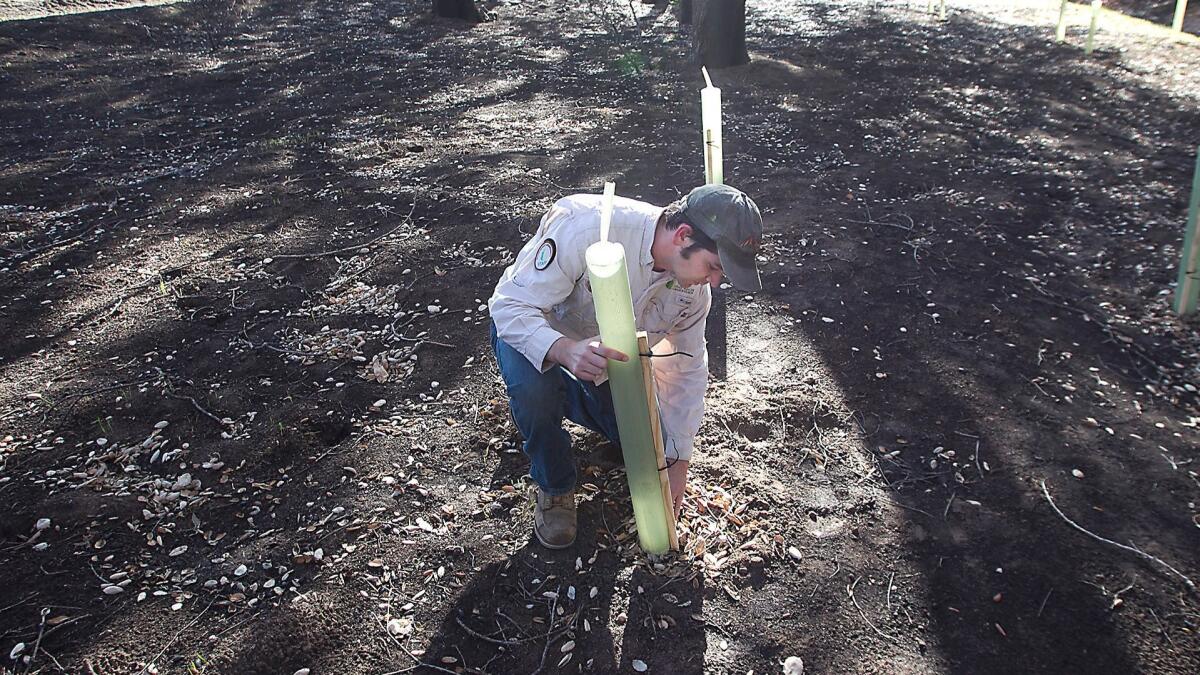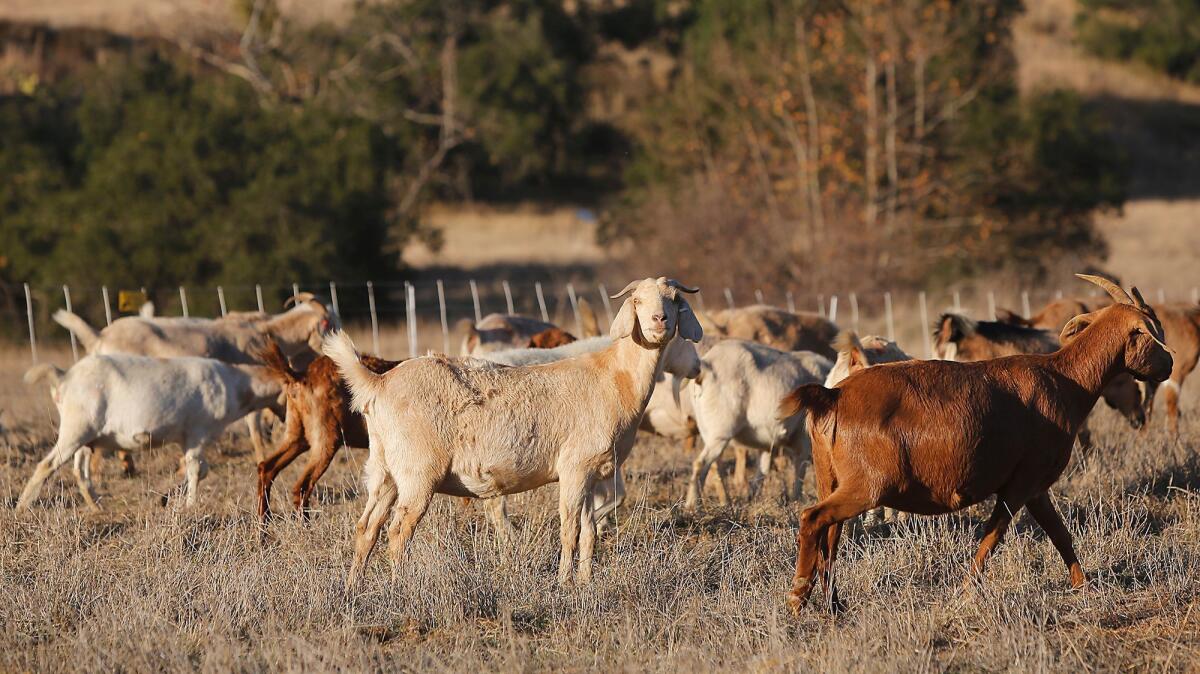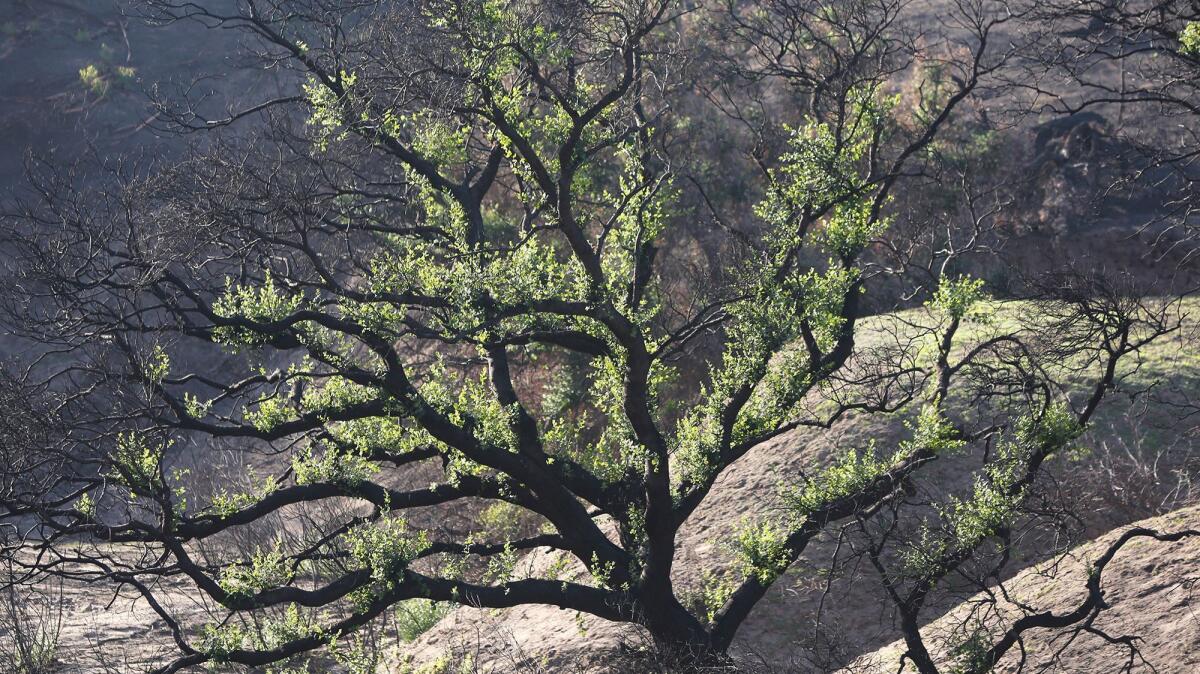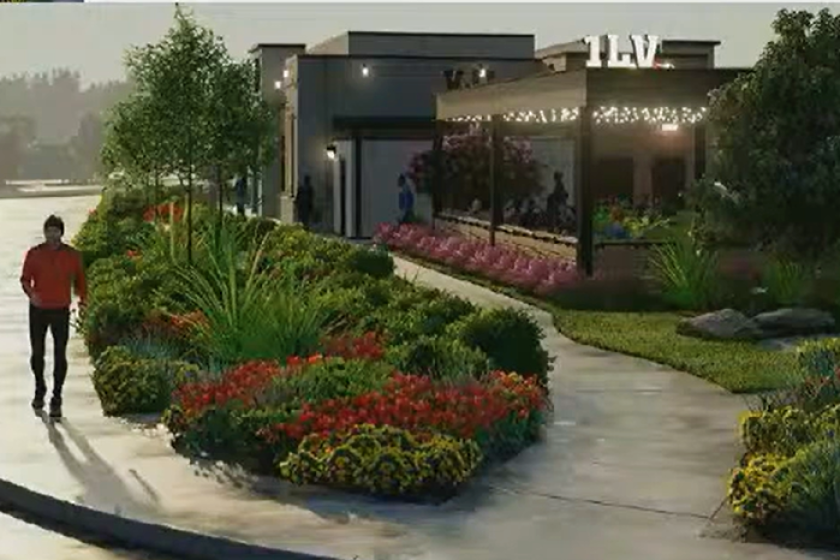Wildland restoration efforts intensify after recent canyon fires

The two canyon fires that blazed through wildland and residential areas in and around Orange County this past fall left their mark on local land.
Weir Canyon, which is owned by OC Parks and partially maintained by Irvine Ranch Conservancy (IRC), is one of the areas affected by the Canyon 2 fire, which began Oct. 9 and burned more than 9,200 acres, including 25 structures.
“It just really cleared out all the undergrowth,” said Nathan Gregory, IRC project manager and ecologist, adding that invasive non-native grass from last year’s rain had dried out and created fuel for the fire.
Weir Canyon is now undergoing a restoration effort by IRC because of the fire, as well as a result of an infestation by an invasive and non-native beetle, the goldspotted oak borer, which has been damaging trees in the area since 2014. Gregory said IRC has been working to reduce the size of the infestation and stop its spread.
Non-native plant and insect species underlie many of the challenges facing parks and wilderness areas. Not only do non-native weeds fuel fires, they restrict natural restoration of native plants once fires have hit.
The recent Canyon 2 fire burned down the larger mature coast live oak trees that had started to rot, but most trees were left intact. Grasses, shrubs and ground vegetation did burn.

“It’s just kind of a unique habitat,” said Gregory, adding that the area hosts wildlife ranging from salamanders, snakes and lizards to deer, foxes, coyotes and mountain lions, as well as many species of birds. “Losing these individual trees and losing that kind of cover really changes the environment.”
The restoration effort, an experiment that began in November after the Canyon 2 fire was contained, includes planting sections of Weir Canyon with acorns. Wire baskets containing acorn seedlings were placed in holes in the ground with tubing placed on top to protect them from wildlife. In a couple of years, once the oak saplings are large enough, the tubes will be removed.
“It’ll take a long time,” said Gregory, adding that the hope is that since the beetles only attack the mature, larger trees, the IRC will have that time to manage the beetle problem with targeted pesticides and removal of badly infested oaks.
In the meantime, Gregory and his team will also be monitoring the burned areas for any invasive weeds. An ancillary result of fires is that dirt and weed seeds can get moved around during firefighting activities such as bulldozing, which means non-native weeds may find new territory to take over.
On the upside, the burned out area made it easier to plant the acorns, and the exposed land appears to be making hunting easier for some predators, including birds of prey, Gregory said.
According to OC Parks public information officer Marisa O’Neil, the Canyon 2 fire also affected Irvine Regional Park, Santiago Oaks Regional Park and Peters Canyon Regional Park.
While upper portions in the back country of Santiago Oaks were badly burned, the nature center and park office survived intact. Irvine Regional Park had some very badly burned areas, including the horse stables. Though the Orange County Zoo, which is at Irvine Regional Park, was evacuated during the fire, its buildings were not damaged.
“They were able to return within a couple days,” said O’Neil of the zoo animals, which include two mountain lions and two bears.
Peters Canyon had some severe vegetation and tree damage in the top portion of the park. Park staff was unable to return for a couple of weeks while fire crews removed hazardous trees that were still smoldering.
All three parks are now open, although some trails are still closed. After the fire, residents reached out wanting to help. Peters Canyon held two restoration days for the public to do some planting.

Other restoration efforts have included spraying hydromulch (a slurry of seed and mulch) on very steep slopes at all three parks to help stabilize the slopes, along with the use of gravel bags.
Orange County Fire Authority wildland resource planner Dave Erickson said the challenge is always the invasive, non-native plants choking out native growth. He said native plant life has waxy leaves that make it more naturally fire-resistant. Non-native grasses, on the other hand, are more flammable and increase fire frequency.
He said although fires are a natural part of wildland areas, the frequency of Orange County fires is not. Wilderness areas need more time to naturally restore themselves. Part of the work he does is helping land owners manage fire within 150,000 acres of open space in Orange County, as well as educating the public to help prevent fires in the first place.
Part of what the land needs after a fire is time. O’Neil said trails that are badly damaged are closed for good reason — public safety as well as safety of the area.
“That will help the land recover,” she said.
Jessica Peralta is a contributor to Times Community News.
All the latest on Orange County from Orange County.
Get our free TimesOC newsletter.
You may occasionally receive promotional content from the Daily Pilot.



